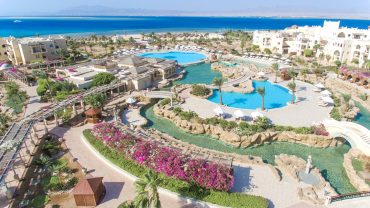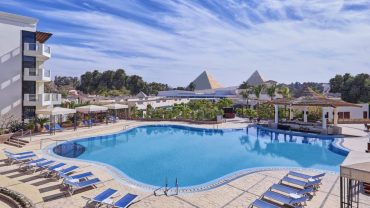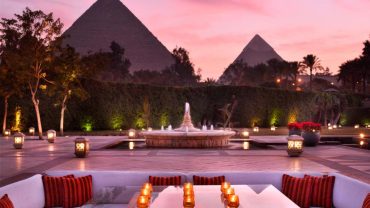The reserve is administratively affiliated with the center of Yusef Al-Siddiq and its center is Lake Qarun, which is the remnant of the ancient Morris Lake, which was one of the richest ancient fishing centers and is therefore one of the oldest natural lakes. Herodotus talked about an unnatural artificial lake dug by human hands during the reign of King Amenophis, and its area was approximately 2,800 km², that is, more than a hundred times more than the area of the current Lake Qarun. . And that lake was full of fishermen who were paying a tax on the fishing crop to the pharaonic treasury. Lake Qarun is currently considered one of the internal lakes, as it is not connected to the sea, and its area is about 250 km², equivalent to 55 thousand acres.
The waters of the lake were fresh and the fisheries were prosperous until recently, but its production of indigo fish decreased due to its deprivation of the fresh flood water loaded with fertilizers, the increase in the evaporation rate and the accumulation of sewage salts without treatment, which led to the high salinity of its waters, so its environment became close to the marine environment and thus the species of fish became extinct. Indigo such as catfish, eels, brown, white, and white tilapia, except for green tilapia, which has the ability to adapt to high salinity, and mullet and tubar fish flourished in it, which transported their seed to the lake by the millions annually, and moose fish, sea bream fish, bass and some crustaceans (prawns) thrived in it, and their breeding in the lake was successful. . As a result of the transfer of marine fish fry to the lake, the lake was populated by some other plant and animal organisms that live in the Mediterranean, some of which are suitable as food for the lake fish, including the red algae of the “Polysifonia” type.
The Qarun Lake area was declared a nature reserve by Prime Minister Decree No. 943 of 1989, as amended by Decree No. 2954 of 1997, with a total area of about 1,385 km². The northern part of the lake includes the Qatrani mountain area, which is famous for its marine, river and continental fossil deposits dating back about 40 million years, and mammal fossils about 3-10 million years old, in which the fossils of the oldest monkey in the world called Egyptothex appeared, and the Arsinoetherium animal “the ancient Fayoum animal.” – It resembles rhinos in shape and differs from it in the presence of four horns extending from the skull and not two horns from the layer of skin.” There are also ancestors of hippopotamuses, dolphins, sharks, ancestors of birds, and some fossilized trees. There are also some geological formations in the northeast of the lake and some water swamps that contain various plant groups that many migratory and resident birds flock to in the winter. A thousand seagulls annually. The island also contains 7 whale skeletons, assemblies of wild pigeons, in addition to Egyptian hyenas, hyenas, and others. There are also some archaeological areas in sites on the shores of the lake, including the area of churches, the temple of Qasr Al Sagha, the area of Ahrabat, Deir Abu Lifa, and others, and some traces of prehistoric humans. In the north of Qarun, there are the Pharaonic quarries known as “Wadan al-Fars”, which consists of several interconnected archaeological units and is considered one of the oldest quarries dating back to about 2500 BC. As for the southern coast, it is characterized by an agricultural environment, tourism and fishing activities, and includes areas containing historical monuments such as “The Temple of Qasr Qarun, Philadelphia, and Watfa.” There are also some tourist facilities built around the shores of the lake and some villages whose people work in fishing and some of the nomads who graze Sheep and camels in the area




Comment (0)